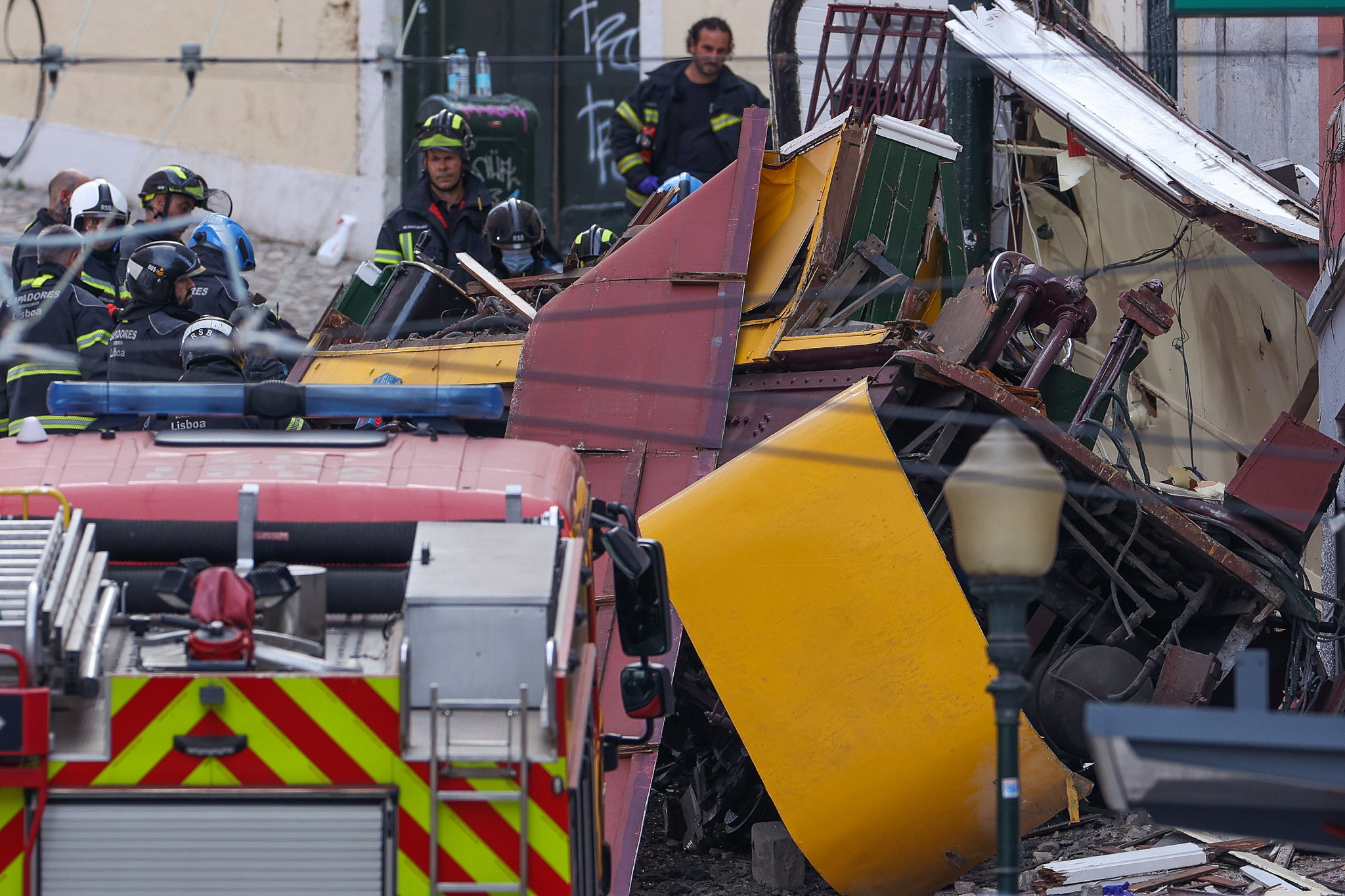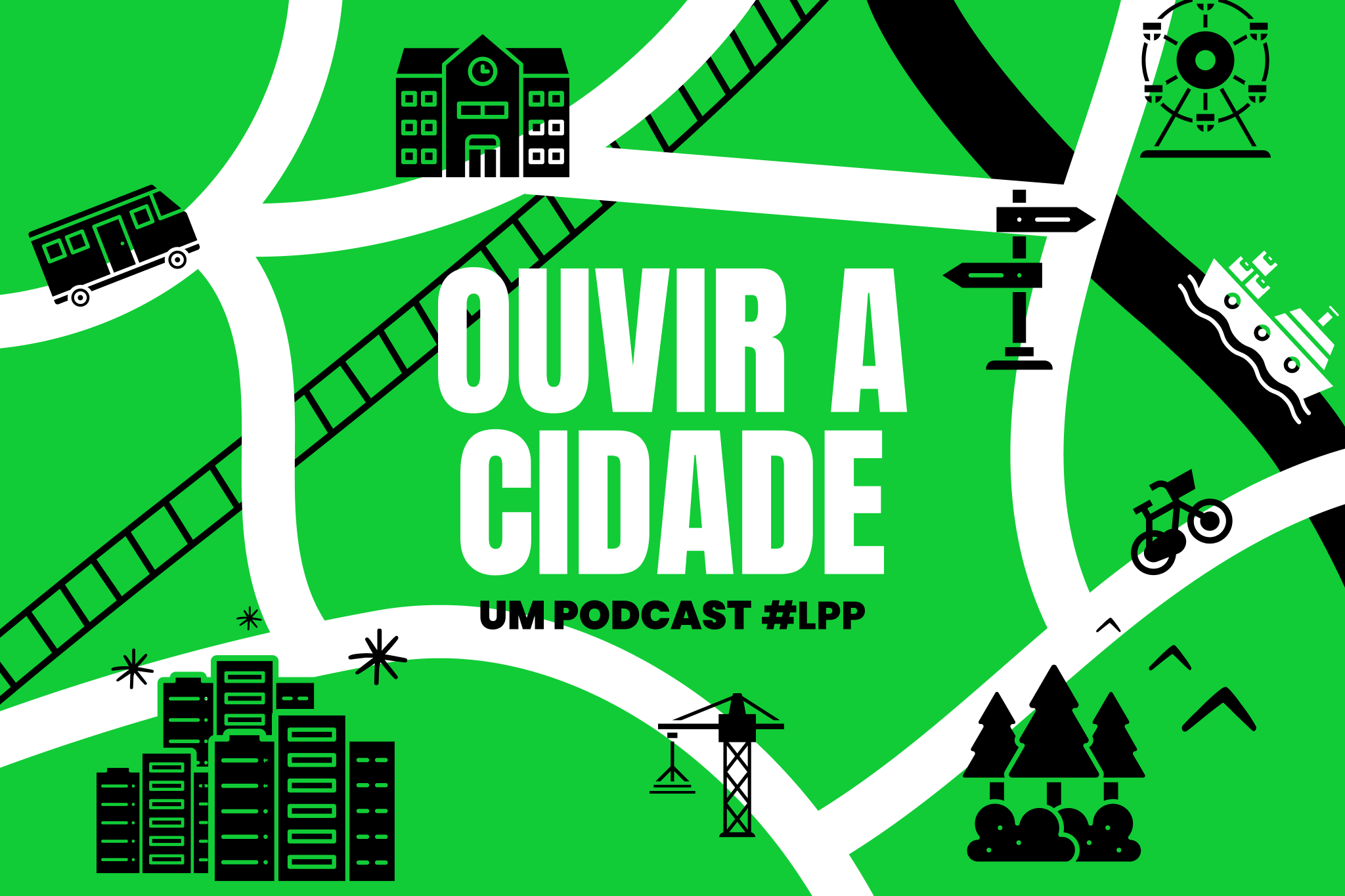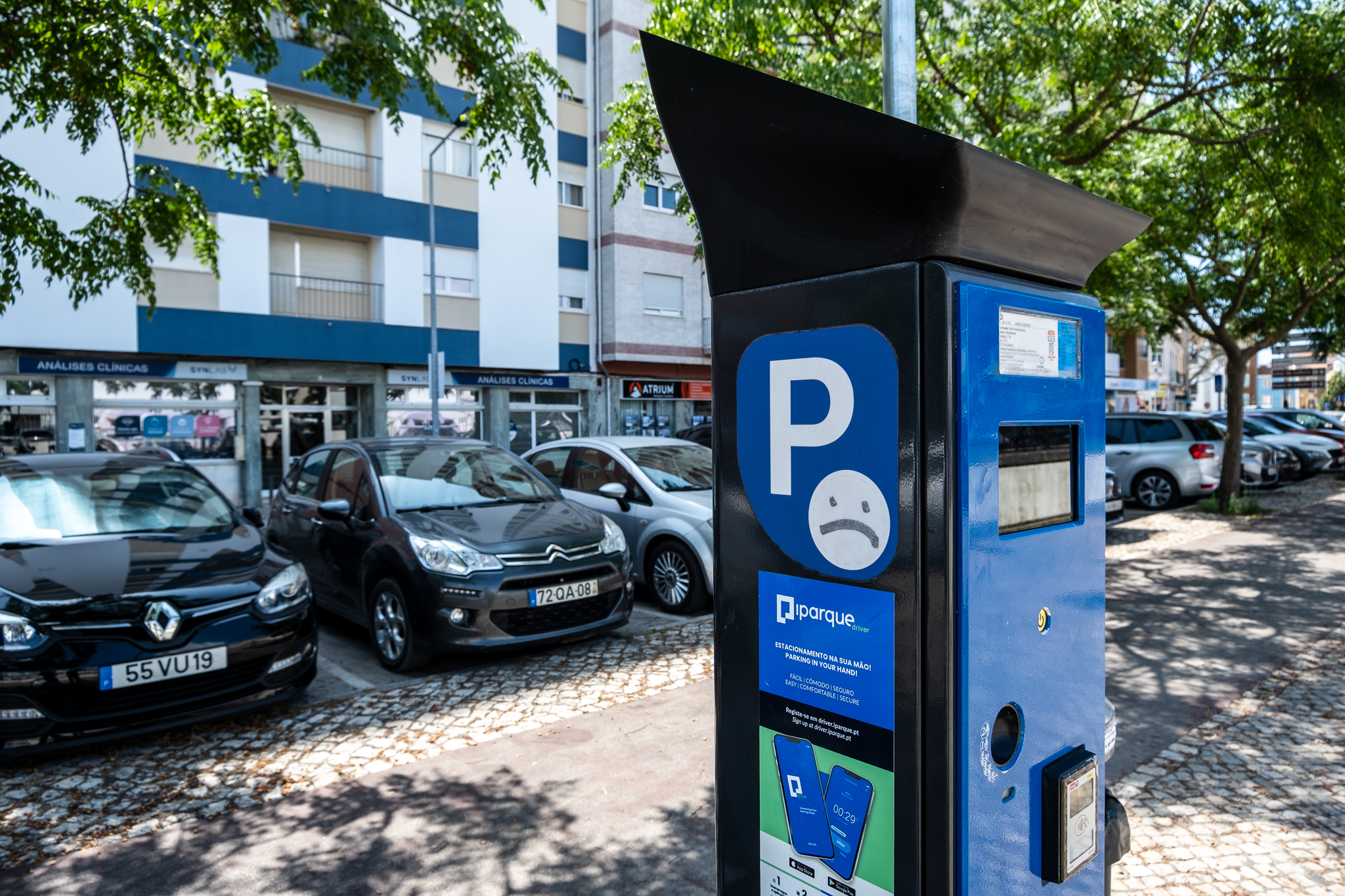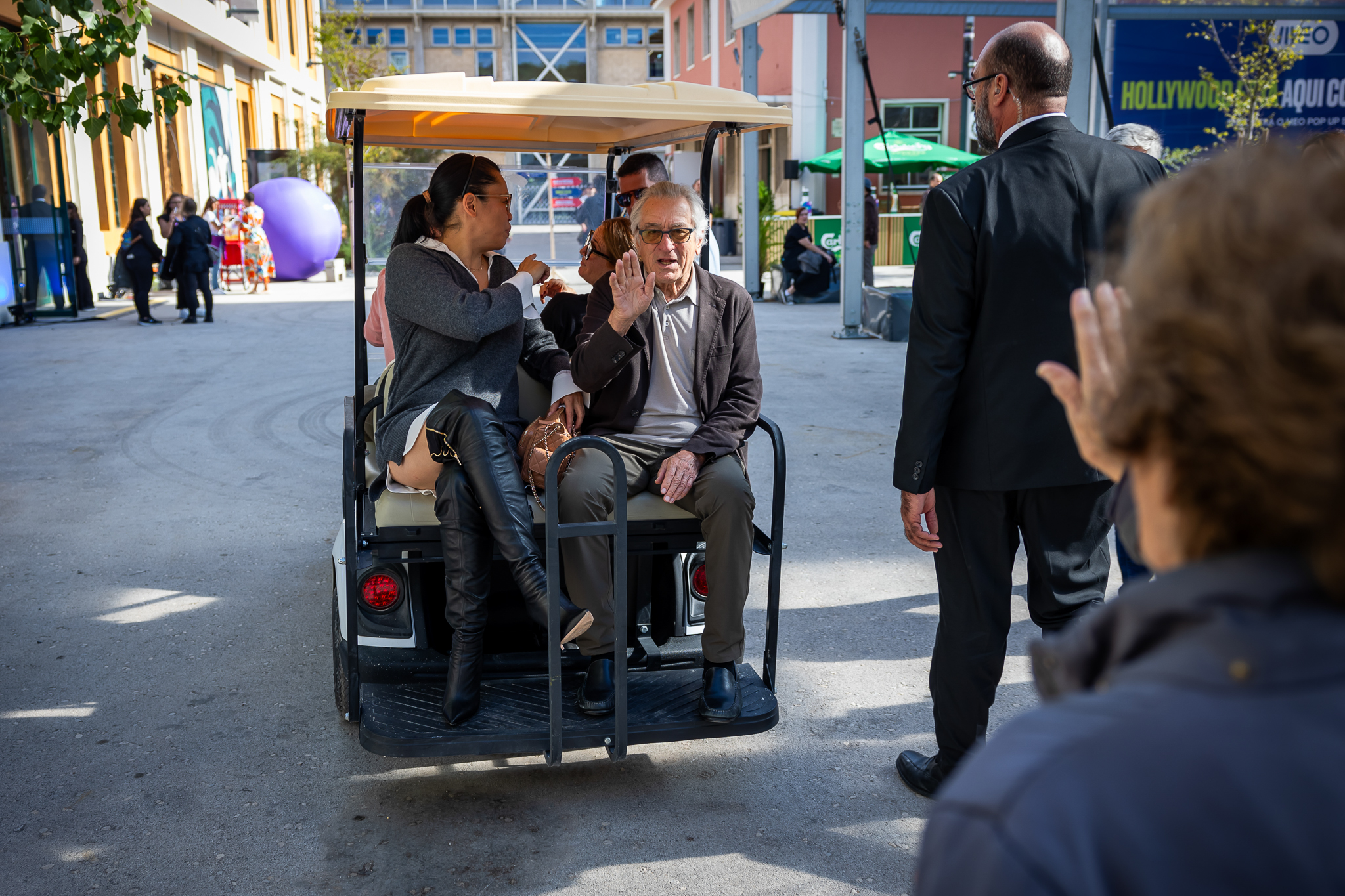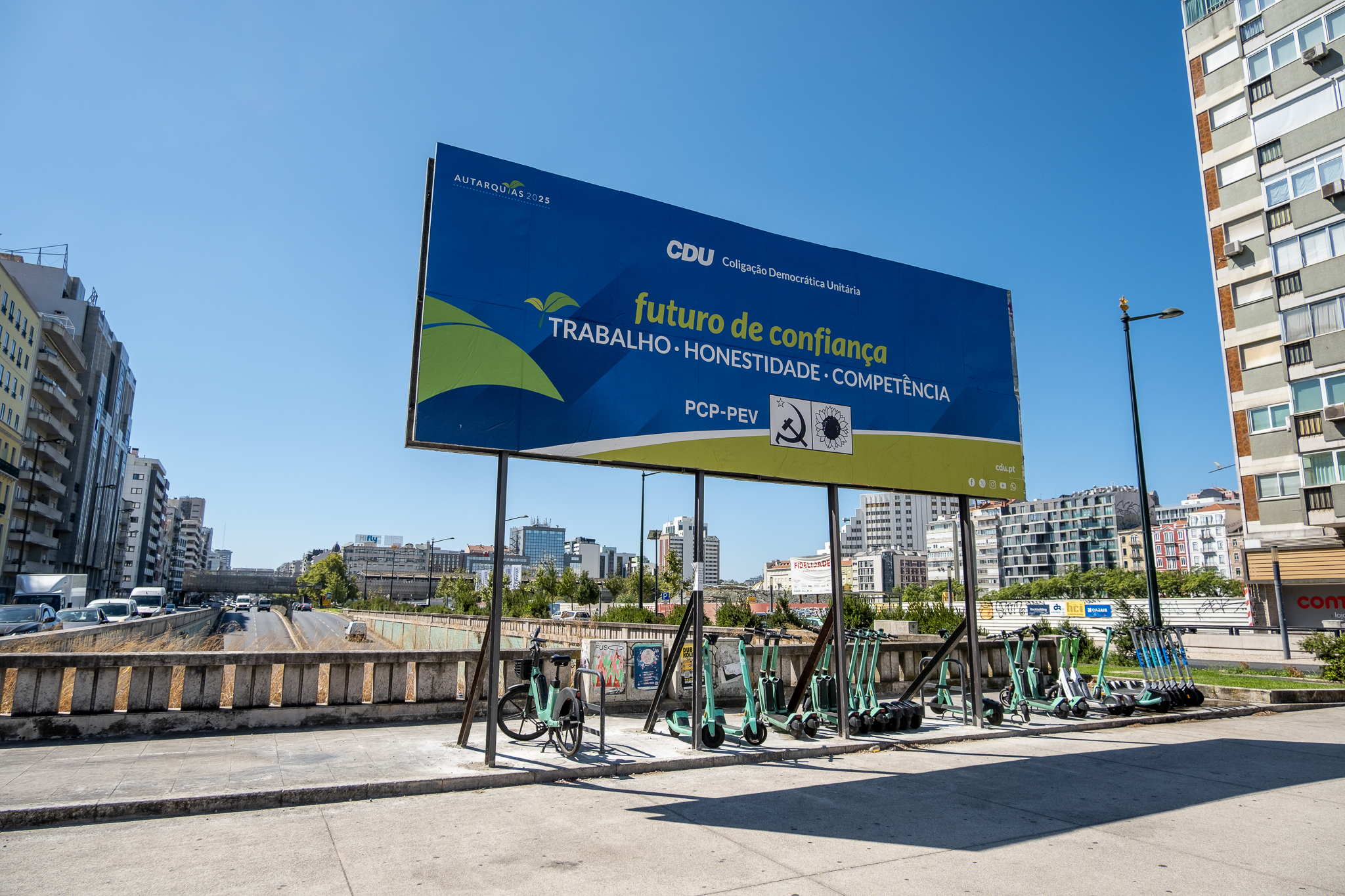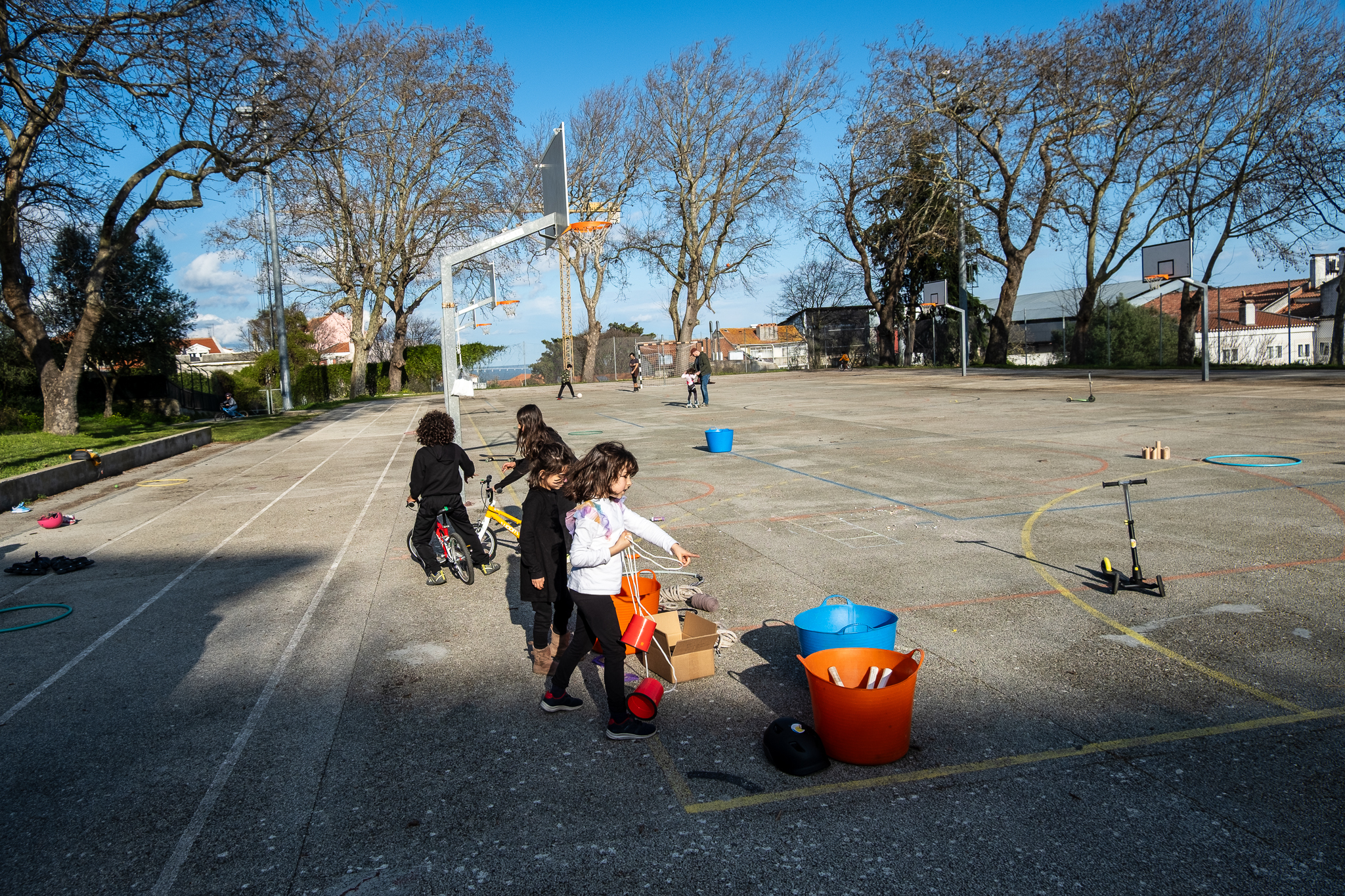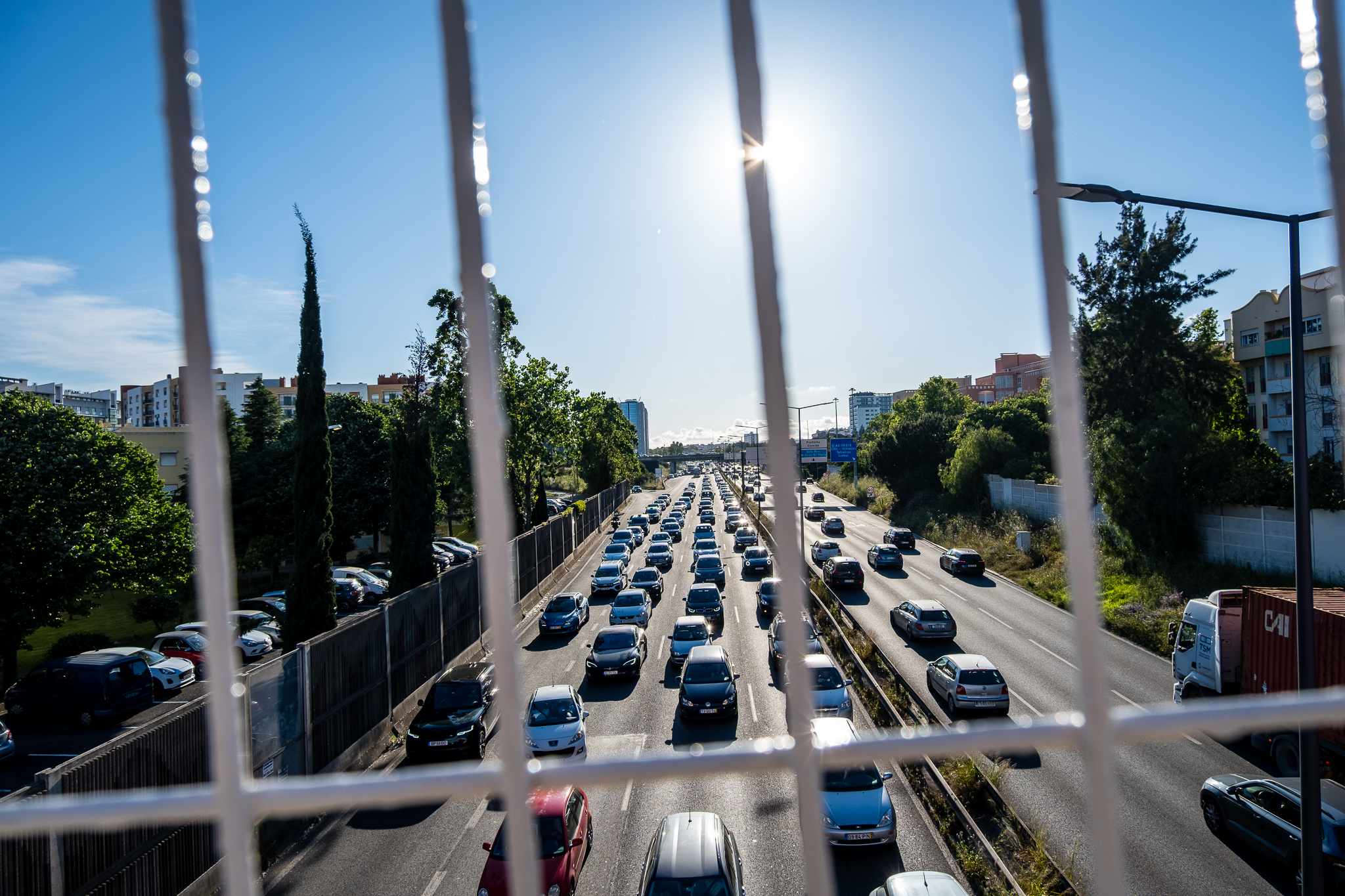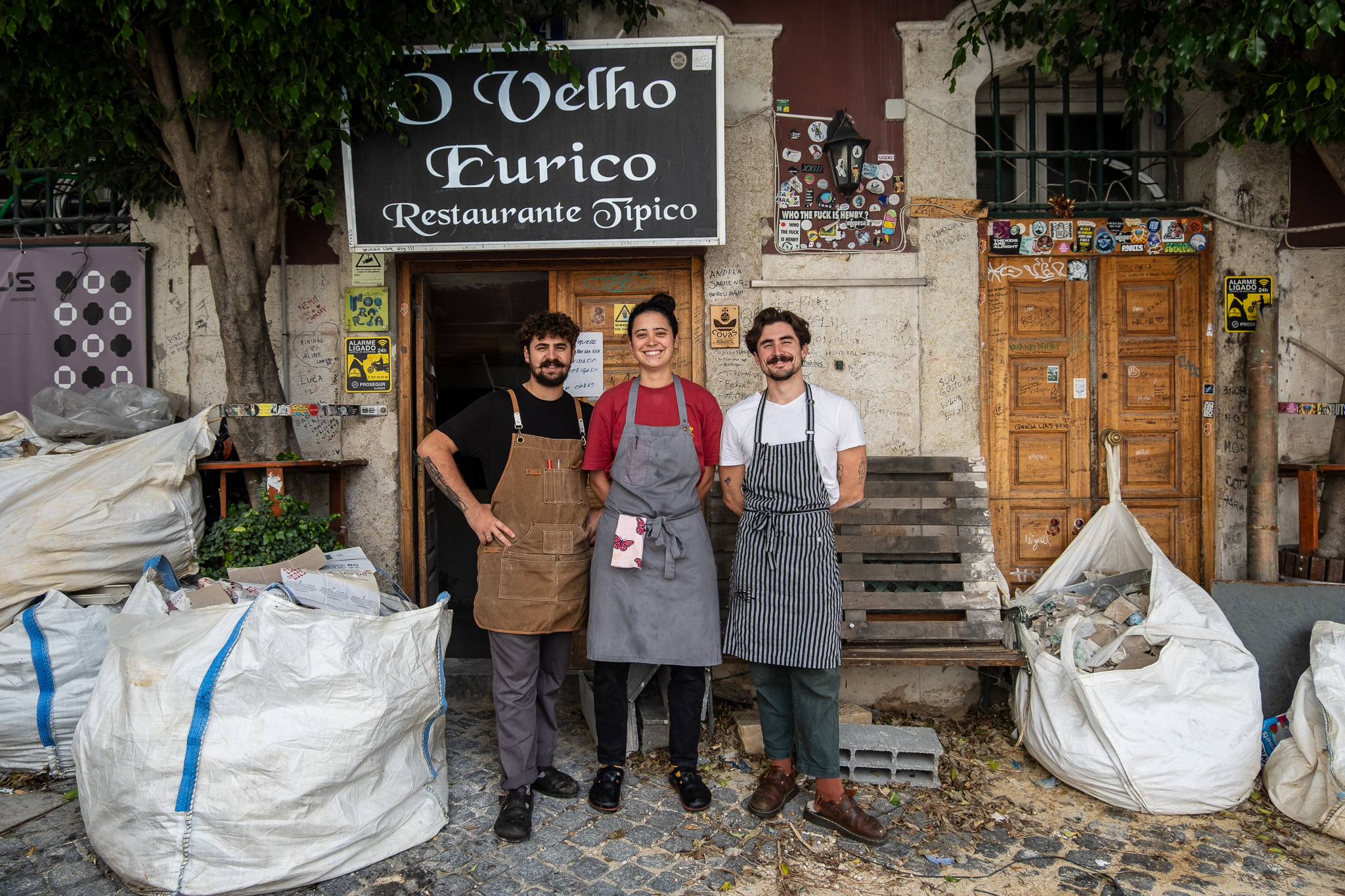Livre proposes that the City Council launch "Lisbon Paths", a program to create a network of pedestrian, green and shaded paths in the city, which, in addition to a mobility function, also allows the population to use the street for socializing and recreation.

path
feminine noun
- Narrow path.
- Secondary route that allows you to shorten a path or arrive more quickly = ATTACHMENT
- Priberam Dictionary of the Portuguese Language
Create pedestrian and shaded paths in Lisbon and convivial spaces that allow the population to enjoy the street is the main goal of the most recent proposal that the Free party will take to the City Council. Rui Tavares, councilman for Livre, and Isabel Mendes Lopes, municipal deputy for the party, presented this idea to the city in a small event that took place in late May on the margins of the Book Fair. They call it Lisbon Paths.
"Footpaths are nice, comfortable streets where we have trees and other plants that ensure we can always make a path in the shade, but also places where it's nice to be and enjoy the street."Isabel Mendes Lopes, municipal deputy for Livre, explained at an event to present the proposal that took place at the end of May, in Parque Eduardo VII, on the margins of the Book Fair. “We want Lisbon to be a city of paths. Not only because it is good for the environment, but also because it is good for all of us. Because it brings us a better quality of life and because we want to recover the street for people to meet, to know their neighbors, for children to play in the street again. And this is also very important for our health, because Lisbon is increasingly exposed to the phenomena of climate change: we will have more and more days of heat waves, more intense rains, and the city has to be prepared to respond to that."
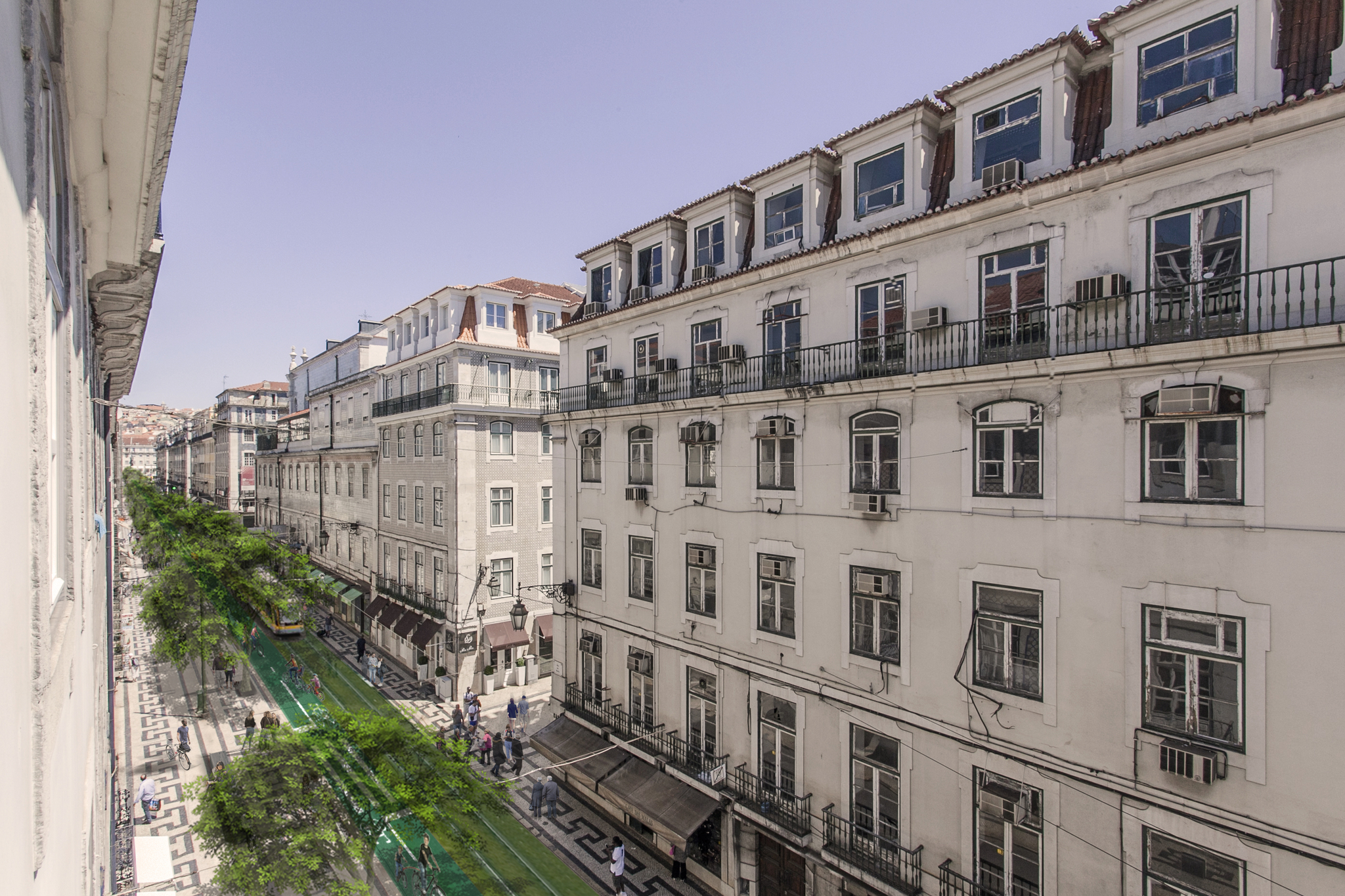
To understand where it is a priority to start creating these paths, Livre conducted a data analysis. Based on open and geo-referenced information on green spaces and afforestation in the city, as well as on the urban heat island effect and vulnerability to flooding, it established a map of the most critical areas - that is, streets where there are no trees, where you are far from gardens and parks, where it gets hotter, and where you are more vulnerable to flooding.

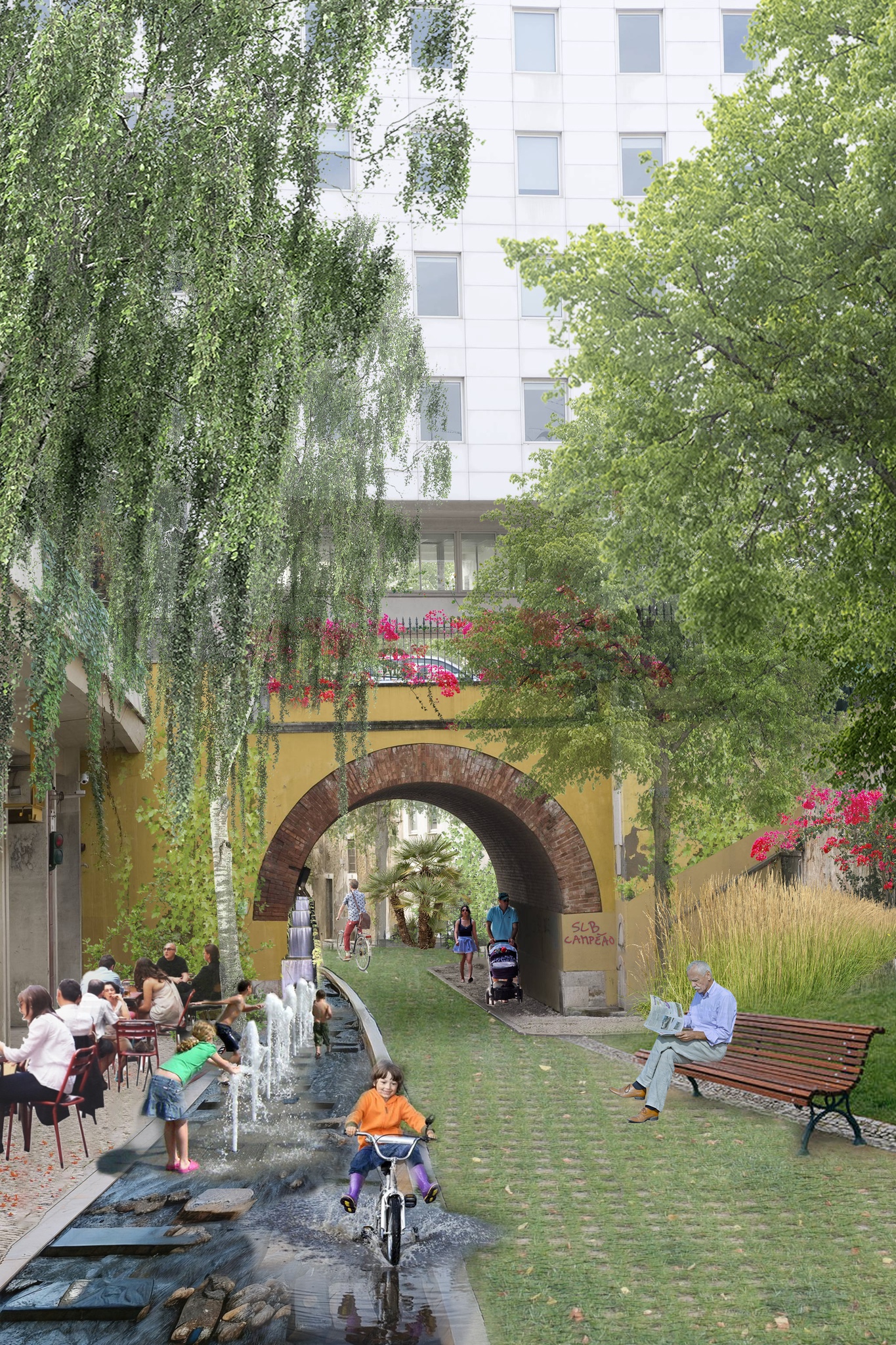
"There are several areas of Lisbon where there are no green spaces and where there are almost no trees in the streets"says Isabel. "And we also have places that are especially affected by heat waves or have a high risk of flooding. These are the areas where we have to start renaturalizing the streets by planting trees, creating green spaces, permeabilizing the soil so that the street can absorb the water that comes from heavy rainfall." Downtown Lisbon was one of the locations identified as priorities by Livre, which presented a new idea for Rua da Prata, currently closed to traffic. The Almirante Reis axis and the Arroios area was also mapped as critical - for here Livre decided to reimagine the Regueirão dos Anjos, recovering the watercourse that once flowed there on the surface and pedestrianizing this artery with new spaces for recreation.
The Program Lisbon Paths intends to "requalification of public roads to make them greener, open, multipurpose, safe and accessible, making them local hubs of connection with green corridors, parks and gardens existing in the city, integrating with the current green infrastructure and expanding it, aiming to increase the environmental and quality of life of the population"According to the text of the proposal, which has yet to be formally scheduled and discussed at a town hall meeting. The idea has, however, already been presented in this institutional space, first in 2022, in outline, by Rui Tavaresand most recently on May 3, by substitute councilor Patrícia Gonçalves.
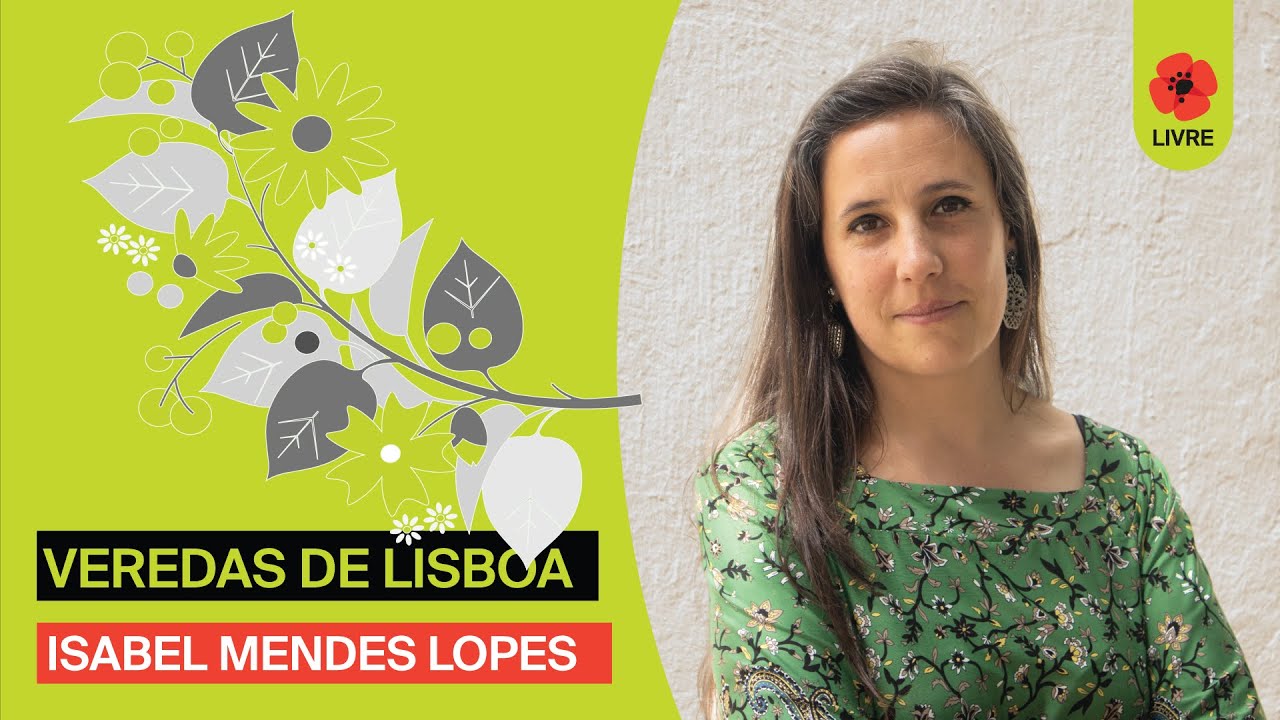
On May 23, Isabel Mendes Lopes presented the Lisbon Paths in the Municipal Assembly, through a recommendation - addressed to the City Council - that was approved by majority with the favorable votes of all political forces except the CDS and Chega, which abstained. The texts of the recommendation and proposal are similar, since the program is the same. "This is an idea that we have presented both in the City Council and in the City Assembly and that we argue Lisbon should adopt. There have been some small, unambitious programs to transform some streets, but we understand that it is absolutely essential to move much faster to get as many of Lisbon's streets renaturalized as possible. We must have urgency, this must be a priority"Isabel concluded during her presentation at Parque Eduardo VII.
In addition to the streets identified as critical in the data analysis, Free understands that the paths should start to be created in the so-called Lisbon Priority Intervention Areas and Neighborhoods, around day-care centers, schools and universities, as well as homes and residences for the elderly, around markets and health equipment, and also in the axes classified in the Municipal Master Plan (PDM) with a deficit of afforestation.
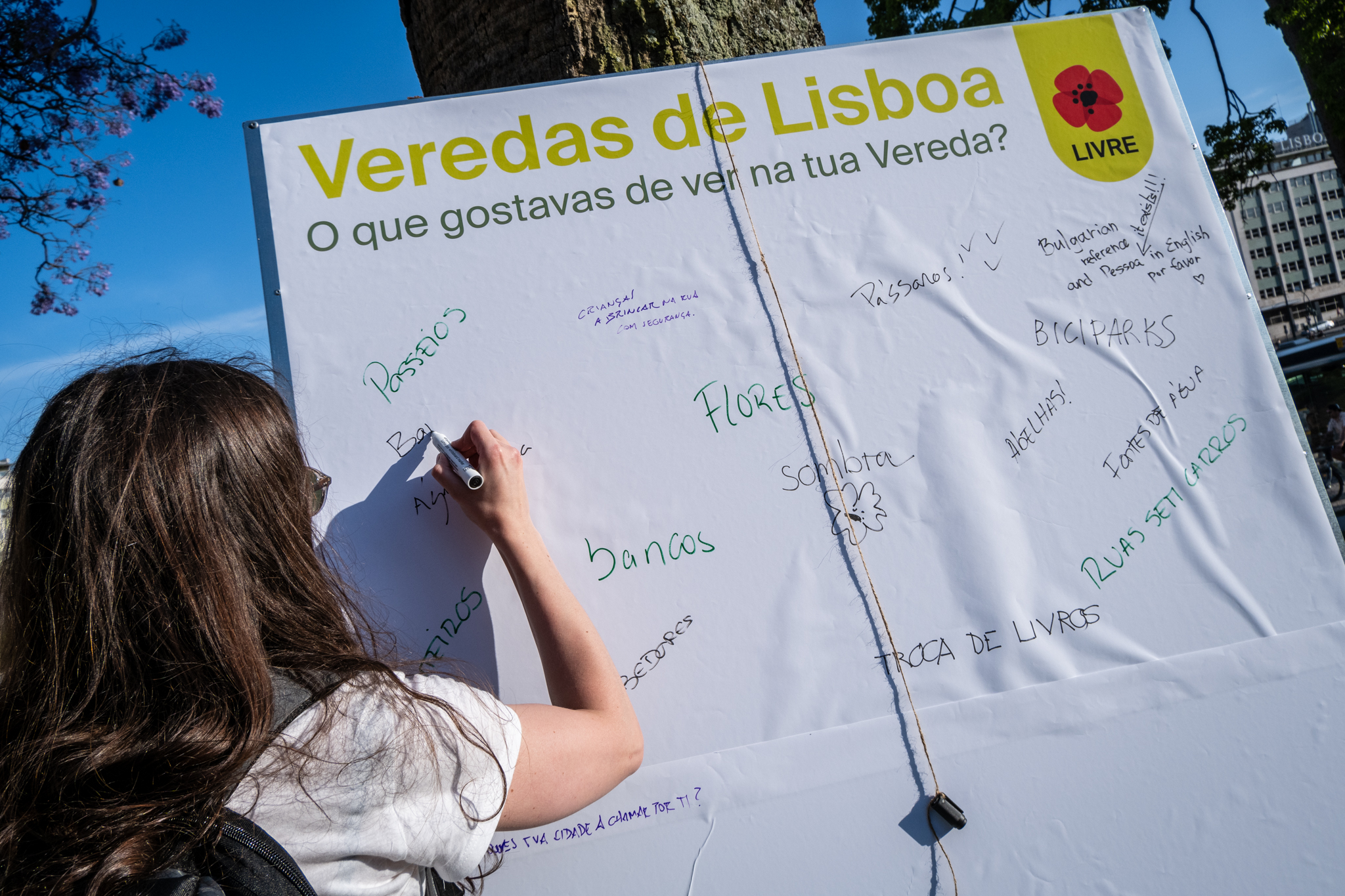
Free looks at the Lisbon Paths like an ambitious program to requalify Lisbon's public space and increase green areasallowing the city to face the challenges of rising temperatures and increased flooding. But the benefits are not limited to mitigating the effects of climate change; according to the party of Rui Tavares and Isabel Mendes Lopes, there are advantages in terms of reducing air and noise pollution, and increasing people's quality of life, allowing them to have streets for socializing and recreational activities, and also streets that bring them closer to Nature.
Streets that are turned into footpaths can become exclusively pedestrian and bikeable, and also exclusive to public transportation, such as the streetcar; but can still have automobile circulation, but where the car goes from being the protagonist to a mere guest in the public space - This can be achieved with calming measures and speed reduction to 30 km/h, but also by transforming the streets into coexistence zones, where, according to the Highway Code, the pedestrian has priority and the maximum speed is 20 km/h. However, the Livre does not intend the program Lisbon Paths is something that is imposed on the city, but that has a strong public participation component, with the population being invited in the redesign of the city's streets and spaces.
Livre says that the Lisbon City Council must assume its role in providing its inhabitants with a greener and more sustainable cityas it has made commitments under international agreements such as the United Nations Agenda 2030, the Covenant of Mayors for Climate and Energy, and the Climate Leadership Network "C40 Cities". It also says that the municipality has also committed to strengthening green and blue infrastructure, in official documents such as the Municipal Strategy for Adaptation to Climate Change (EMAAC) and the Climate Action Plan 2030.
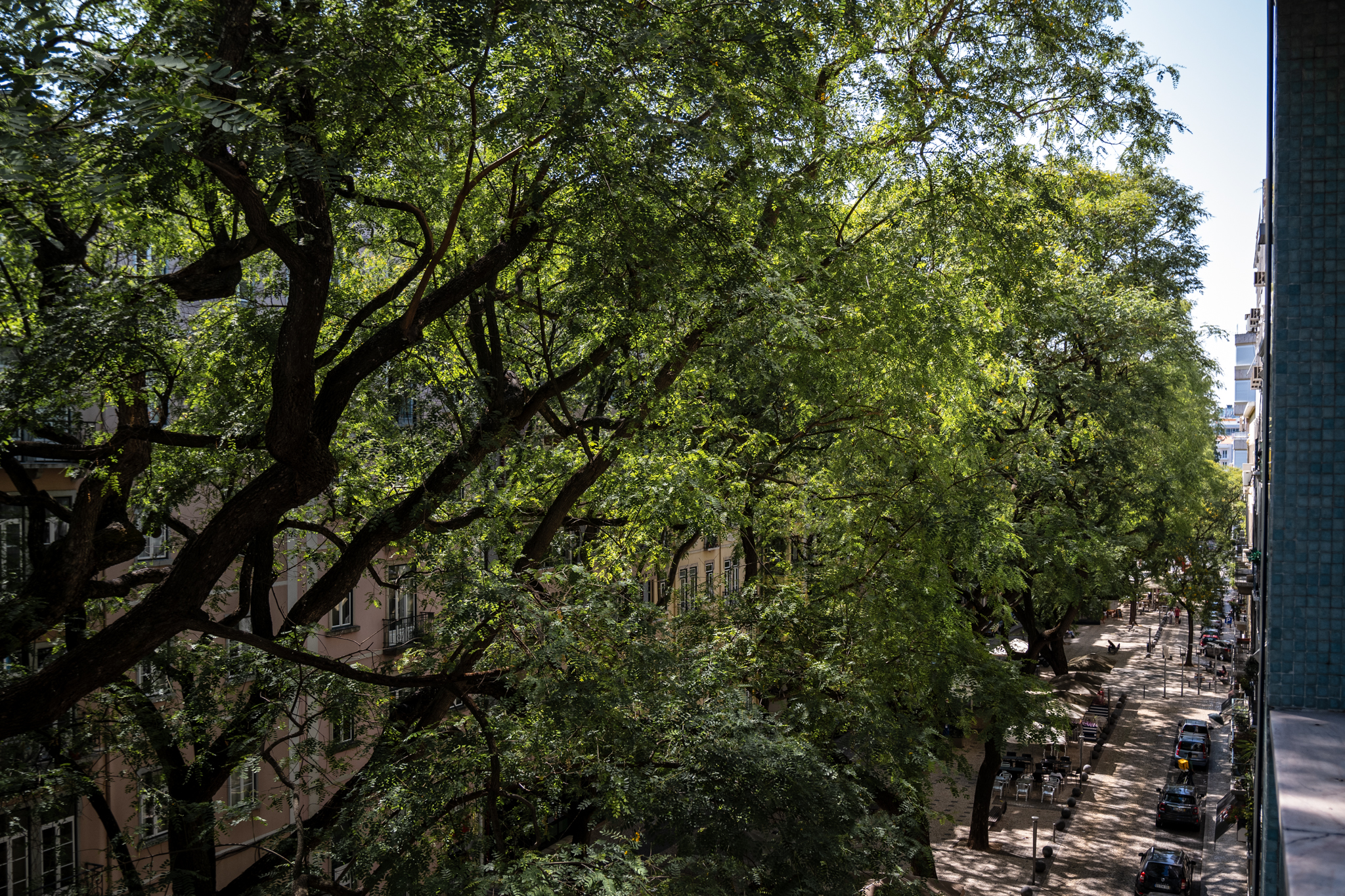
"Gonçalo Ribeiro Teles had many differences from Livre and one similarity. He was a monarchist, we are republicans. He made convergences on the right, we make convergences on the left. But he was an ecologist, and we are ecologists.Rui Tavares explained, at the event to present the proposal of the Lisbon Paths. "Moreover, there is one thing about his political attitude that we can and should draw inspiration from. Maybe because he was a landscape architect, he looked at reality and also saw the things that could be there, not only the things that were already there. And we should train our eyes to do that. What we tried to do was, in fact, to do something similar. To look at our squares, parks and gardens, and think what is missing, what hasn't been invented yet. And what hasn't been invented yet is the way to cross, to interconnect these squares, parks and gardens.“
The councillor for Livre in Lisbon's City Council and also a deputy in the Portuguese Parliament was available to present this idea at a national level to the deputies so that "there is also money from the state to support urban footpath programs, not only in Lisbon but in other cities as well, and other towns and other municipalities in the country". But, "imagine that parish by parish, neighborhood by neighborhood we begin to look at our streets differently and say 'here we could use a path connecting that square with that garden down there, bringing the shade from that park to this place'"he challenged.
"It is not by chance that the street Regueirão dos Anjos is called Regueirão dos Anjos, because the stream still passes under there, the stream that was going to join the Tagus. It is not by chance that the parish of Arroios has this name: Arroios means precisely streams in Arabic, and we took this word from our ancestors from Lisboa Moura. There are rivers, streams, there is water underneath these streets".added Rui Tavares. "Our paths, our roads are already in the city. We can bring them back, reinvent them, and one day, where that red spot is there, where we suffer so much from heat in the summer, maybe we can have a green spot and go from the East to Bethlehem always in the shade."
You can get to know the proposal here below:

